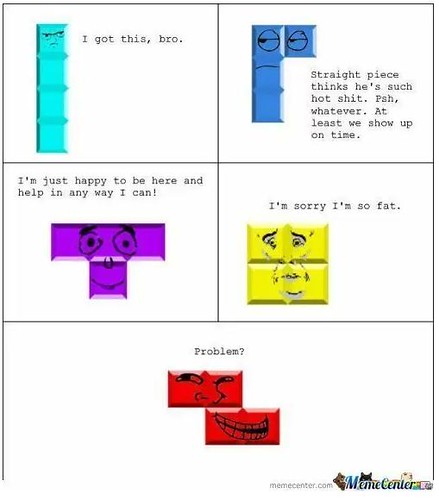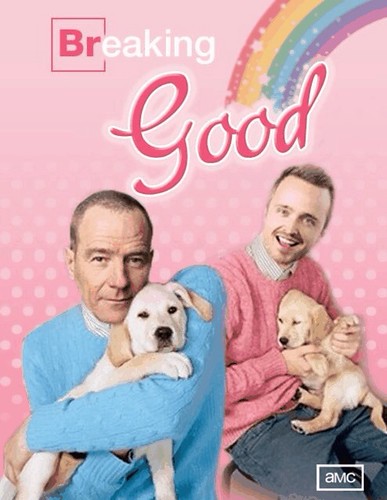This week’s unsymposium focused closely on the idea of constrained vs. unlimited networks, and scale-free networks.
Elliot touched on Barabasi and the comparisons between unlimited vs. unlimited networks in answering our question “does the network have a centre? Or do we create centres for our own networks?”. Jasmine agreed in saying that “the network” doesn’t necessarily have a centre, but there are more heavily weighted nodes. For example there are some sites we visit more than others.
Brian sort of extrapolated from this to emphasise networks as being dynamic – growing and evolving all the time. This linked into Adrian’s reminder that in the Networked Media course we are looking at scale-free networks like the internet which do not have constraints. They’re limitless and are always growing and shifting, unfixed by ultimate powers (nodes).
Adrian went into the idea of ‘heritage’ media e.g. newspapers, TV, which are centralised media – they stem from TV towers, printing presses etc whereas the internet doesn’t come from any such centralised source. There is no main server – there are ‘hubs’, and if any of these fail, the others will route around the failed one to overcome its failure. It’s designed to avoid such problems inherent to centralised media networks. Ahh, the glories of the internet…
This fed into some ideas we were considering in class today, relating to the Galloway reading, that despite the ideological idea that the internet is this wonderfully open, free, non-hierarchical network, it’s users do not support the democratic affordances of the web as a network as most of us still flock to the same search engines, link to the same websites that we feel are most popular and notable, and connect via the same platforms. That’s a bit of a generalisation, but I feel it’s a warranted one, and Jasmine sort of touched on this in the lecture today as well. Through this, the network of the web then serves to give power to the big players of the internet e.g. Google, Facebook which become very powerful as informational hubs.
The good news here is that it isn’t concrete and the network isn’t necessarily monopolised by these key players/powers. As Brian said, the network is always growing and evolving, and so the power still shifts around somewhat. I think ultimately, the common idea that the internet is a democratised platform for its users is flawed in that there are still powers at play and ‘consumers’ of the internet serve as nodes which feed into other, more heavily connected nodes such that they become more powerful.
Adrian also mentioned that all you need is something like 3 heavily weighted hubs in a network and it becomes 6 degrees of separation. Wonder if he’s ever played The Wiki Game?


